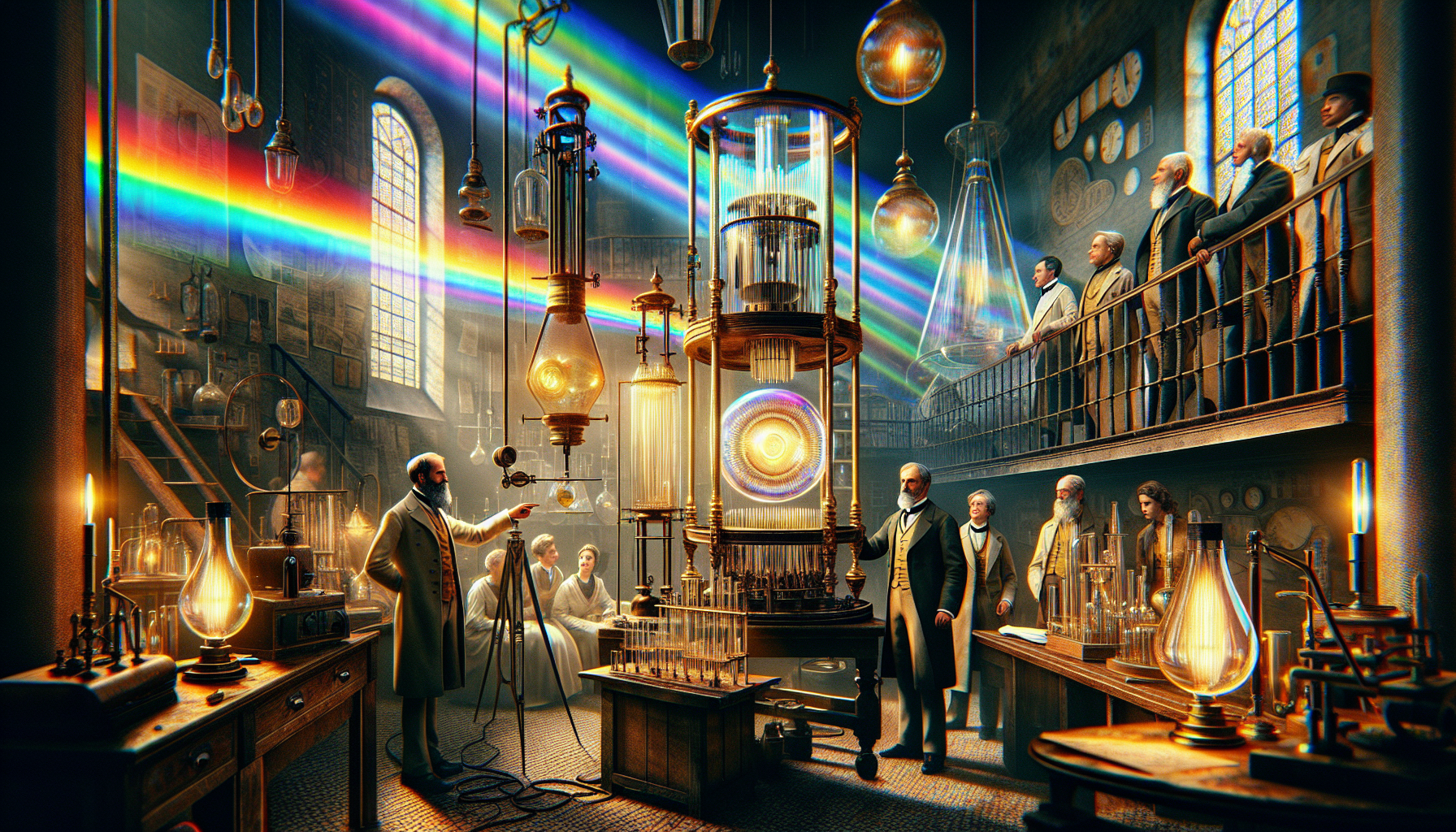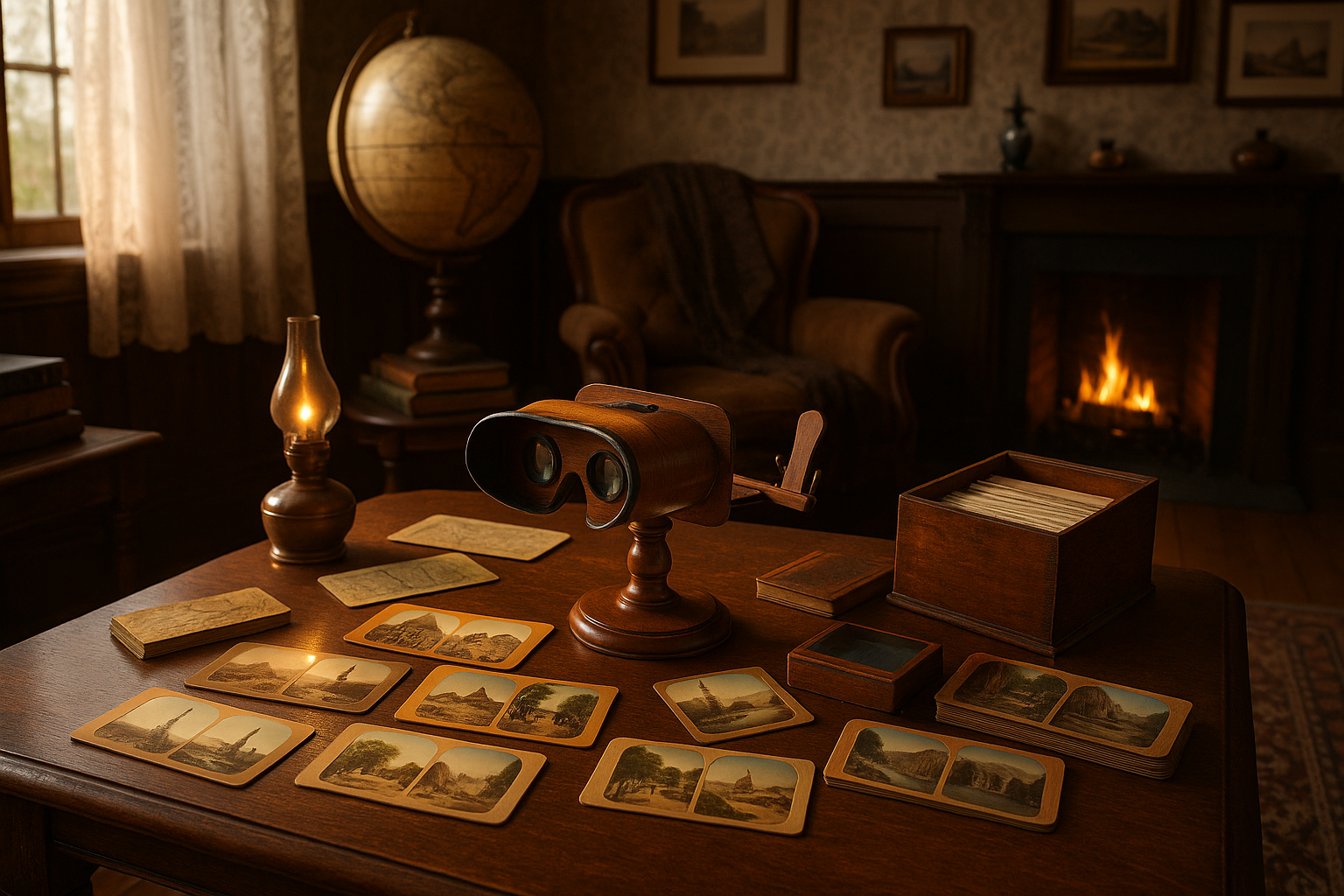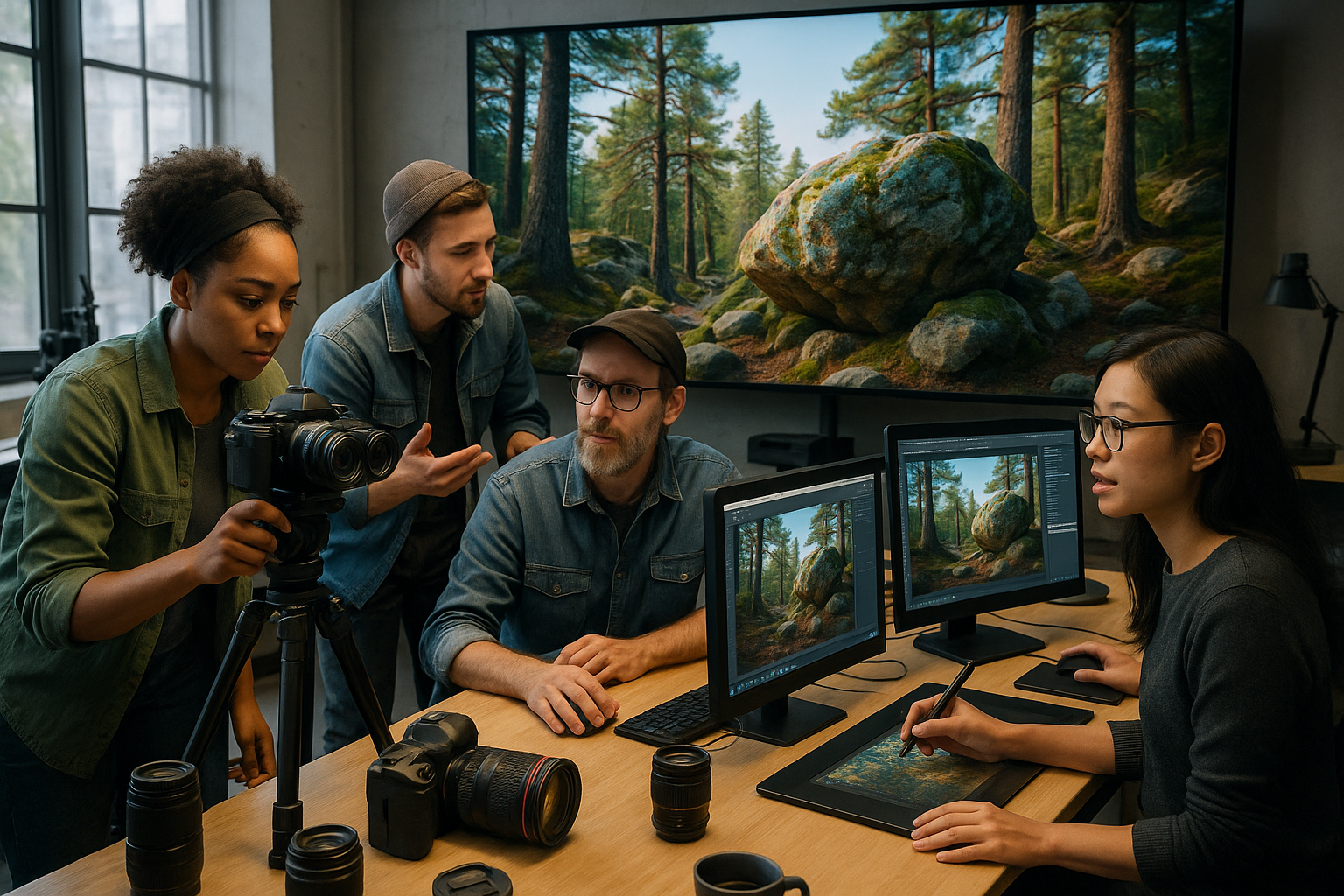In the realm of science and technology, few phenomena captivate the imagination as profoundly as the bending of light. From the mesmerizing play of colors in a rainbow to the precise focusing of lenses, light refraction has been a cornerstone of human innovation and understanding. Imagine a world where the mysteries of light were just beginning to be unraveled, where early inventors and scientists gazed through primitive lenses with the same wonder we reserve for cutting-edge technology today. This article embarks on a journey through time, exploring the pivotal role of light refraction in the creation and evolution of early optical devices, and how these innovations have shaped the future we now inhabit.
The story of light refraction is not merely a tale of scientific curiosity; it is a narrative of human ingenuity and relentless pursuit of knowledge. From the ancient Greeks, who first pondered the nature of light, to the Renaissance thinkers who transformed abstract theories into practical inventions, this topic is rich with intrigue and discovery. We will delve into the fascinating world of early optical devices, such as the camera obscura, magnifying glasses, and telescopes, examining how these instruments harnessed the power of refraction to change our perception of reality. 🌈 Each device not only extended the limits of human vision but also opened new avenues for exploration and understanding in fields ranging from astronomy to biology.
As we navigate through this historical landscape, we will uncover the stories of pioneering figures like Alhazen, who laid the groundwork for the scientific study of optics, and Galileo, whose improvements to the telescope expanded our view of the cosmos. These innovators utilized the principles of light refraction to challenge existing paradigms and inspire generations of thinkers. Their work serves as a testament to the transformative power of scientific inquiry, and their legacies continue to influence modern technology in surprising ways. 🔍 From the simple bending of light through a glass lens, a cascade of innovations was set into motion, leading to the sophisticated optical systems we rely on today.
In this exploration of light refraction and its impact on early devices, we will also contemplate the broader implications of these advancements. How did they alter the course of science and technology? What lessons can we draw from the successes and failures of our predecessors? As we uncover the wonders of light refraction, this article invites you to reflect on the boundless potential of human creativity and the enduring quest to see beyond the visible. So, prepare to embark on a journey through time, as we unveil the remarkable story of light refraction and its enduring influence on the world we continue to shape. ✨
The Fascinating Journey of Light Refraction: An Introduction
Light refraction is a captivating phenomenon that has intrigued scientists and inventors for centuries. From ancient civilizations to modern-day technology, understanding how light bends as it passes through different mediums has been crucial in shaping the tools and devices we use today. The study of refraction not only deepens our understanding of optical physics but also highlights the ingenious ways early inventors harnessed this knowledge to develop devices that have laid the groundwork for modern optics.
Refraction occurs when light travels from one medium to another, changing speed and direction. This bending of light rays is determined by the refractive index of the mediums involved. The refractive index is a measure of how much the speed of light is reduced inside the medium compared to the speed of light in a vacuum. Understanding these principles allowed early scientists and inventors to manipulate light in ways that seemed almost magical, leading to the creation of lenses, prisms, and other optical devices.
The Science Behind Light Refraction
The science of refraction is grounded in Snell’s Law, named after the Dutch mathematician Willebrord Snellius. Snell’s Law quantifies the relationship between the angles of incidence and refraction and the refractive indices of the two mediums. The law is expressed mathematically as:
n1 sin(θ1) = n2 sin(θ2)
Where n1 and n2 are the refractive indices of the first and second mediums, respectively, and θ1 and θ2 are the angles of incidence and refraction. This equation allows us to predict how light will behave as it passes through different materials, a principle that is pivotal in designing lenses and other optical instruments.
Light refraction has numerous applications, from the simple magnifying glass to the complex designs of fiber optic cables. In the realm of early devices, the understanding of refraction was instrumental in the development of eyeglasses, which dramatically improved the quality of life for many. Eyeglasses correct vision by refocusing light onto the retina, compensating for imperfections in the eye’s lens. The precision required in crafting lenses highlights the intricate understanding of refraction that was achieved by early opticians.
Historical Devices Shaped by Light Refraction
Throughout history, the manipulation of light through refraction has led to groundbreaking inventions that have transformed human capability and understanding. One of the most significant devices is the telescope, which expanded our ability to explore the cosmos. Invented in the early 17th century by Hans Lippershey and popularized by Galileo Galilei, the telescope utilized a series of lenses to magnify distant objects, allowing astronomers to study celestial bodies in unprecedented detail.
The basic principle of a refracting telescope involves two lenses: the objective lens, which gathers light and creates an image, and the eyepiece, which magnifies this image for the observer. By using lenses with different refractive indices and curvatures, telescopes were able to achieve high levels of magnification and clarity. This advancement not only revolutionized astronomy but also inspired new scientific methods and theories about the universe.
Similarly, the invention of the microscope in the late 16th century opened new frontiers in biology and medicine. The microscope operates on the same principle as the telescope but focuses on magnifying small objects. Pioneers like Antonie van Leeuwenhoek used microscopes to observe microorganisms, leading to discoveries that challenged prevailing scientific beliefs and laid the groundwork for microbiology.
Another notable device that utilized the principles of refraction is the camera obscura, a predecessor to the modern camera. This device used a small hole or lens to project an inverted image onto a surface, demonstrating early understanding of image formation through refraction. The camera obscura was crucial in the development of photography and our understanding of light and optics.
Comparative Analysis of Early Optical Devices
| Device | Inventor(s) | Key Principles | Main Use |
|---|---|---|---|
| Telescope | Hans Lippershey, Galileo Galilei | Refraction, Magnification | Astronomy |
| Microscope | Antonie van Leeuwenhoek | Refraction, Magnification | Biology, Medicine |
| Camera Obscura | Unknown (Ancient China, Arab Scientists) | Image Projection, Refraction | Art, Early Photography |
| Eyeglasses | Salvino D’Armati (attributed) | Refraction, Vision Correction | Vision Enhancement |
As illustrated, each device, though unique in its application, shares a fundamental reliance on the principles of refraction. These devices demonstrate the versatility of refraction in addressing diverse scientific and practical challenges.
The Legacy of Light Refraction in Modern Technology
The legacy of early optical devices continues to resonate in modern technology. Today’s advanced cameras, telescopes, and microscopes are built on the foundational principles of refraction discovered centuries ago. These devices have become essential tools in fields ranging from astrophysics to nanotechnology, pushing the boundaries of human knowledge.
Modern telescopes, for example, use sophisticated lens and mirror systems to capture light from distant galaxies, offering insights into the origins of the universe. The Hubble Space Telescope, an iconic symbol of modern astronomy, employs complex refraction techniques to deliver breathtaking images of space, allowing scientists to study phenomena billions of light-years away. These advancements are direct descendants of the early refracting telescopes that first pointed humanity towards the stars.
In the realm of microscopy, technological advancements have led to the development of electron microscopes and super-resolution microscopes, which use advanced refraction and diffraction techniques to observe structures at the molecular and atomic levels. These devices are pivotal in scientific research, providing detailed insights into cellular processes and material properties that were once beyond reach.
Furthermore, the principles of refraction are integral to fiber optic technology, which revolutionized telecommunications. Fiber optic cables use light signals transmitted through glass fibers, relying on total internal reflection, a phenomenon related to refraction, to transmit data over long distances with minimal loss. This technology underpins the global internet infrastructure, highlighting how ancient discoveries continue to shape modern life.
Embracing the Wonders of Light Refraction
Understanding and embracing the wonders of light refraction not only enriches our appreciation for the ingenuity of early inventors but also inspires new generations to explore the possibilities of optical technology. By studying the history and science of refraction, we gain valuable insights into the creative process and the relentless pursuit of knowledge that characterizes human advancement.
As we continue to push the boundaries of what is possible with light, the potential for new discoveries and innovations remains vast. Whether through developing more powerful optical devices, enhancing communication technologies, or exploring novel applications in fields like medicine and environmental science, the future shaped by light refraction is full of promise.
To delve deeper into the fascinating history and science of light refraction, we invite you to watch the video below. It provides a visual journey through the milestones of optical technology, offering a comprehensive overview of how refraction has shaped our understanding of the world:
The Science of Light Refraction – National Geographic

Conclusion
# Conclusion: Shaping the Future Through the Wonders of Light Refraction
In this comprehensive exploration of the wonders of light refraction in early devices, we have traversed the fascinating journey from the ancient times when glass and water were used as rudimentary tools for magnification, to the intricate and sophisticated optical instruments that paved the way for scientific discovery and innovation. As we recapitulate the key points of our discussion, it becomes evident that the mastery of light refraction not only revolutionized our understanding of the natural world but also laid the foundation for numerous technological advancements.
Initially, we delved into the historical context, examining how the basic principles of light refraction were recognized and utilized by ancient civilizations. The primitive lenses and water-filled vessels represented humanity’s first attempt to harness and manipulate light, setting the stage for future exploration and refinement. It was through these early experiments that the groundwork was laid for a deeper comprehension of optical phenomena.
The narrative progressed to highlight the pivotal developments during the Middle Ages and the Renaissance, when scholars and inventors began to systematically study and document the behavior of light. Figures like Roger Bacon and Leonardo da Vinci emerged as pioneering thinkers who not only theorized about the nature of light but also applied their knowledge to create more sophisticated devices. These contributions were instrumental in shaping the trajectory of scientific inquiry and technological innovation.
A significant portion of our discourse centered on the transformative impact of the invention of the telescope and the microscope. These devices epitomized the practical application of light refraction principles, allowing humans to explore realms previously beyond our reach. The telescope expanded our cosmic horizons, unveiling the vastness of the universe and challenging preconceived notions of our place within it. Meanwhile, the microscope opened up the intricate and mesmerizing world of the microscopic, revolutionizing fields such as biology and medicine.
As the discussion advanced, we examined the evolution of lens-making techniques and the growing precision in crafting optical instruments. The meticulous work of artisans and scientists like Hans Lippershey and Antonie van Leeuwenhoek demonstrated the symbiotic relationship between technological innovation and scientific discovery. Their contributions underscored the importance of precision and craftsmanship in unlocking the potential of light refraction.
The modern era, characterized by rapid technological advancements, has witnessed the continued evolution of optical devices. From the development of high-resolution cameras to the intricacies of fiber optics, the legacy of early light refraction discoveries remains deeply embedded in contemporary technologies. These innovations continue to shape industries, facilitate communication, and enhance our understanding of both the micro and macro realms of existence.
In reinforcing the significance of this topic, it is crucial to acknowledge the profound influence that early optical devices have had on shaping the trajectory of human progress. The principles of light refraction have not only fueled scientific exploration but have also played a vital role in enhancing our everyday lives. Whether it is through the lenses of our smartphones or the precision of medical imaging, the legacy of these early discoveries is omnipresent.
As we conclude this exploration, it is our hope that you, the reader, are inspired by the rich history and boundless potential of light refraction. This journey through time serves as a testament to the power of curiosity, ingenuity, and relentless pursuit of knowledge. It underscores the importance of embracing both historical insights and contemporary innovations as we continue to shape the future.
We encourage you to reflect on the profound impact of light refraction in your own life and consider the possibilities that lie ahead. Whether you are a student, a professional, or simply a curious mind, the wonders of light refraction offer a gateway to endless exploration and discovery. Let us celebrate this legacy by sharing our insights, engaging in discussions, and applying the principles of light refraction to forge new paths of innovation and understanding.
In closing, we invite you to share your thoughts, experiences, and questions in the comments section below. Your insights and perspectives are invaluable in enriching the ongoing dialogue about the marvels of light refraction. Feel free to share this article with others who may find inspiration in the history and potential of optical innovation. Together, let us continue to illuminate the path forward, inspired by the timeless wonders of light refraction. 🌟🔍
For further reading, consider exploring Optical History Archives and Modern Applications of Optics. These resources offer a wealth of information and insights into the evolution and current applications of optical technologies.
Toni Santos is a visual historian and artisan whose creative lens is captivated by the forgotten marvels of antique optical devices. Through his thoughtful storytelling, Toni revives the instruments that once transformed light into wonder—camera obscuras, magic lanterns, kaleidoscopes, and other ingenious tools that shaped our earliest visual imaginations.
His journey is rooted in a fascination with how humans have long sought to bend, reflect, and reveal the unseen. Whether tracing the mechanical poetry of 19th-century projectors or illustrating the tactile elegance of early lenses, Toni’s work invites us to see vision itself as an evolving art form.
Blending handcrafted design with historical inquiry, Toni brings to life the material soul of these devices—celebrating not just how they functioned, but what they meant. His creations and curated stories illuminate a world where science, illusion, and beauty were intricately linked through glass and brass.
As the curator of Vizovex, Toni shares detailed studies, reconstructed artifacts, and immersive content that help others rediscover the origins of visual technology and the magic of analog perception.
His work is a tribute to:
The craftsmanship behind early visual instruments
The wonder of seeing through the eyes of another century
The intersection of optics, art, and imagination
Whether you’re a collector, a designer, or someone drawn to the lost poetry of vision, Toni welcomes you into a world where light is a storyteller—one prism, one lens, one forgotten invention at a time.





